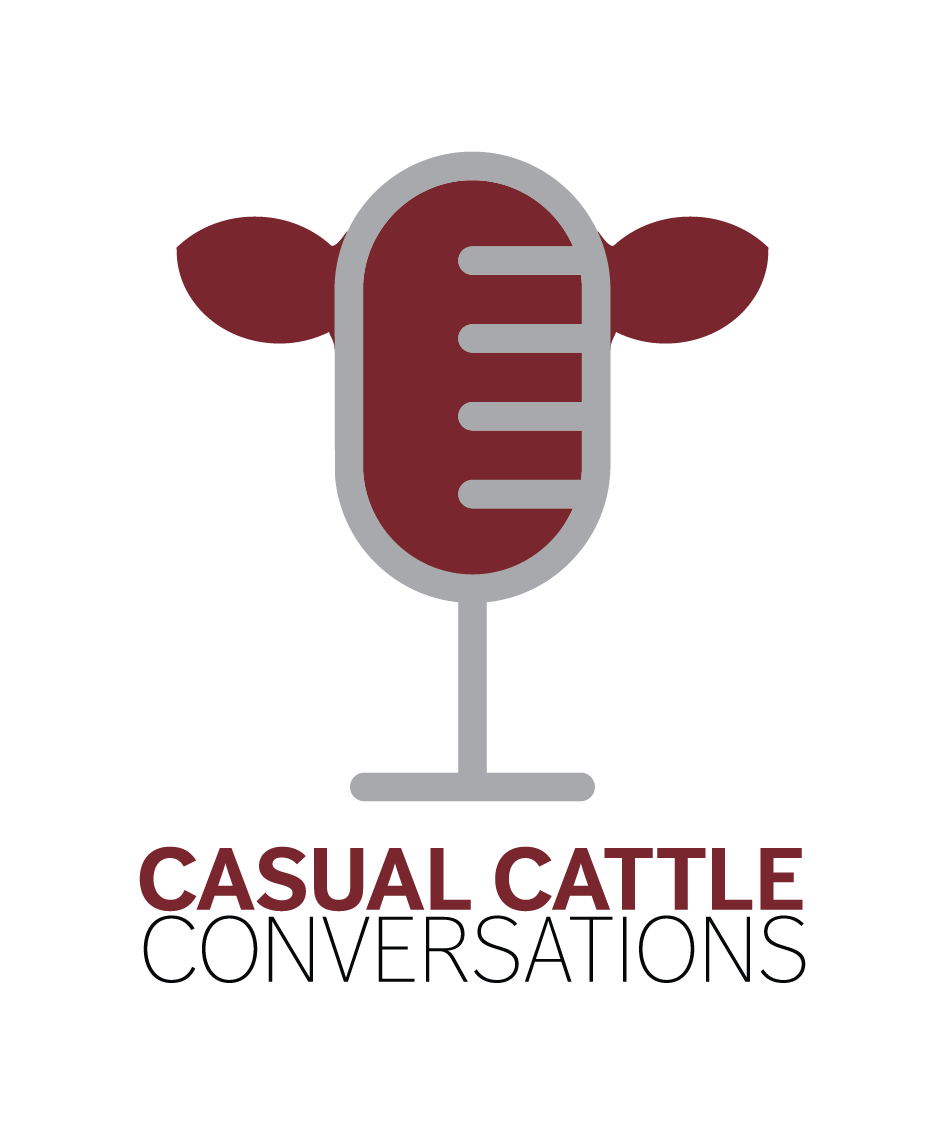The Hidden Thief Reducing Profit and Performance in Cattle
Investing in genetics that move the needle in a cattle operation is a key component to making progress in both performance and profitability. However, there are factors both controllable and uncontrollable that are limiting ranchers’ ability to tap into the full genetic potential of the bulls they purchase and females they retain.
These factors went unnoticed for many years until more research was done on epigenetics, specifically fetal programming and how gestational experiences impact progeny performance on the ranch and through the remainder of the beef supply chain.
What are epigenetics?
“Epigenetics or fetal programming isn’t a change in the genes themselves — it’s a change in how those genes are expressed. A nutritional or environmental insult can upregulate or downregulate gene expression, turning some on and others off,” says Dr. Kelly Sanders, Director of Research & Development at Westway Feed Products.
This upregulation or downregulation of genes can show up in a variety of areas related to performance and profit, but the short answer is – lost calf value.
Sanders says, “Producers can lose calf value simply by how cows are handled during key stages of gestation. Those management choices can limit genetic potential and profit.”
“The most genetically valuable cattle in the world can’t perform if we mismanage them. We’re still leaving performance and profit on the table,” says Sanders. “Even though a bull may have all the genetic merit in the world, if he experienced a nutritional insult during gestation, he might never express that potential — that $10,000 bull could effectively become a $5,000 bull.”
For commercial cow-calf producers, it also shows up in calf performance on and after the ranch.
“Cattle that experience epigenetic events can show reduced growth, lower weaning weights, poorer feedyard performance, and even higher mortality rates,” says Sanders. “During the 2010–2011 drought, I watched producers go into survival mode. Those calves were some of the sickest and least efficient I’d ever seen — proof that undernutrition in the cow shows up in the next generation.”
Female fertility also can’t be ignored in the fetal programming conversation.
“Research shows that heifers from nutritionally stressed dams can have fewer lifetime eggs and up to 20% lower pregnancy rates. That’s a long-term hit to ranch profitability,” says Sanders.
These epigenetic events or insults are commonly caused by weather events and inadequate nutrition.
He says, “We can’t control droughts or heat stress, but we can control nutrition. Paying attention to body condition and supplementation is where producers can protect profit.”
This means paying close attention to heifers and cows throughout the year so they maintain an adequate body condition score during pre-breeding and all the way through gestation.
“We’ve always said cows can take care of themselves early in pregnancy, but that mindset has cost the industry performance and dollars. Every stage of gestation matters,” says Sanders. “Each trimester of gestation impacts a different part of the calf’s development — from organ formation early on to muscle and fat development later. Missing the mark nutritionally in any one of those phases has lasting effects.”
Sanders stresses that meeting the nutritional needs of cows 365 days a year matters, but the last trimester of gestation is especially important for both cow and calf performance.
He says, “That last 90 days is critical — protein requirements nearly double and energy needs rise by 50%. It’s not the time to let cows fall behind.”
Practically speaking, the simplest way to avoid instances of epigenetic events is watching body condition scores year around.
“Keeping cows in a body condition score of 5 to 6 is one of the most practical and profitable management decisions a rancher can make,” says Sanders. “Once cows are in good condition, they’re actually more efficient with nutrients. It takes less feed to maintain them than it does to play catch-up after they’ve slipped.”
This increased efficiency with nutrients is why Sanders has seen many ranches be more profitable even when they supplement liquid feed year around.
He says, “Having feed available 24/7 lets cows self-adjust as grass quality changes — it’s a simple way to reduce the risk of hidden nutritional insults.”
For producers who don’t want to supplement year around, knowing your resources and needs of your cattle is even more critical.
“Know your forage quality. There’s a point where declining grass limits intake, not just nutrients. That’s your cue to supplement before you start losing condition,” says Sanders. “Most ranchers wait until they can ‘see’ cows losing condition — but by then, they’ve already lost a half score. You’re chasing performance that’s already gone.”
It’s critical to not leave out mineral programs in this discussion too.
He says, “A good mineral program year-round is just as important as energy and protein. Those cows have mineral needs 365 days a year, not just before breeding.”
Sanders notes that the industry has made immense progress over the past 15 years but still has work to do.
“The droughts of 2010 to 2012 forced us to be better cattlemen, but we still have room to grow. We’re getting closer to capturing full genetic value, but we’re not there yet.”
While reducing epigenetic events is nothing short of imperative, producers shouldn’t overcomplicate the matter either.
“It’s about a balanced approach — nutrition, health, and management all work together to protect your herd’s genetic investment,” says Sanders. “Reaching out for help — from nutritionists, vets, or extension agents — is one of the best things a producer can do to make smarter, more profitable management decisions.”
Make a note or three to analyze body condition scores throughout the year and reach out to your team for guidance. These small efforts can result in reaping big rewards in increased performance and profitability.
Listen to the full conversation on the Casual Cattle Conversations podcast.

